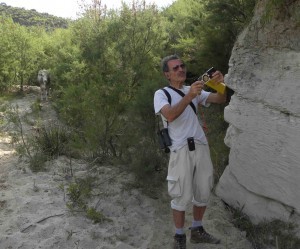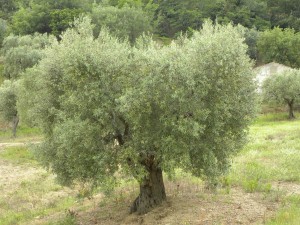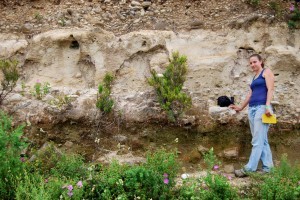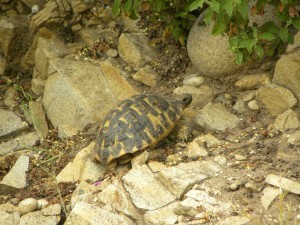We are trying to determine how and why this uplift began. Nano and I have identified a surface that we think existed near sea level one million years ago. This surface is a geological “contact” between the granite bedrock of Calabria and a fluvial conglomerate, or river deposit, on top of it. A contact is the surface where two different types of rock are touching. Contacts can be sedimentary, related to changes in deposition (a clay bed on top of a sandstone bed) or tectonic, related to faulting. The sedimentary contact we are measuring is now high above sea level and has been eroded and dissected by rivers, so it is only present in small pieces. To map this surface, we are walking up river gorges, climbing mountains and traversing numerous goat and cow paths until we see the contact. Then we record our location with GPS (latitude, longitude, and elevation), take pictures, sketch and record interesting features and move on to find another contact.




